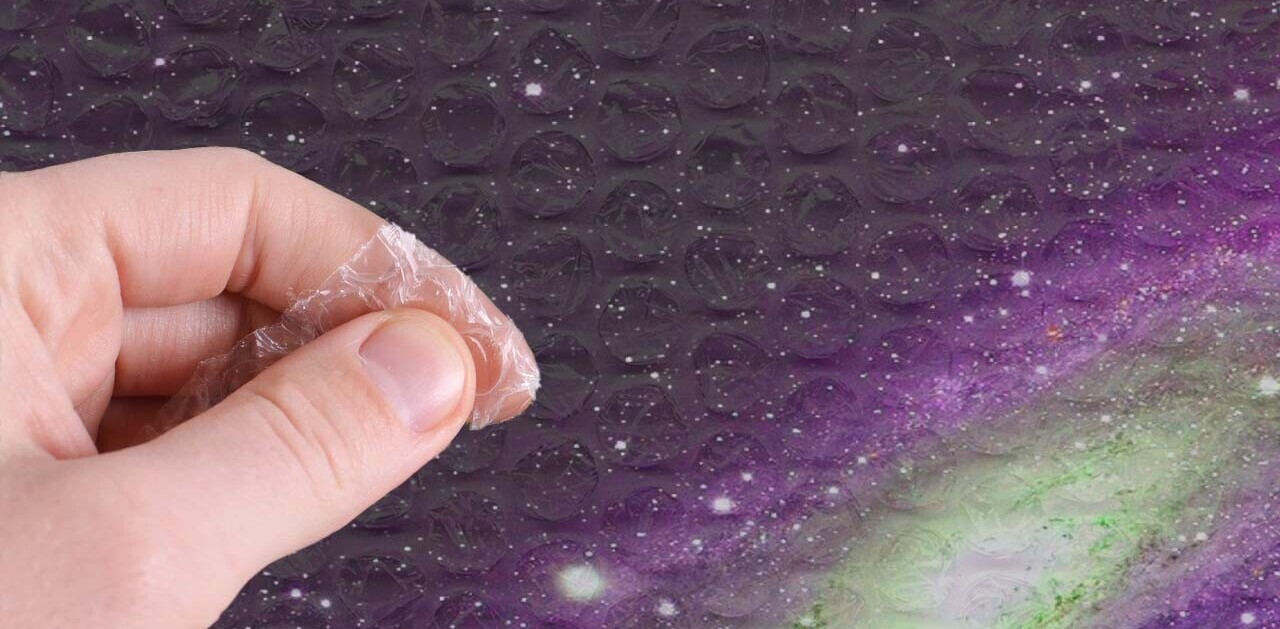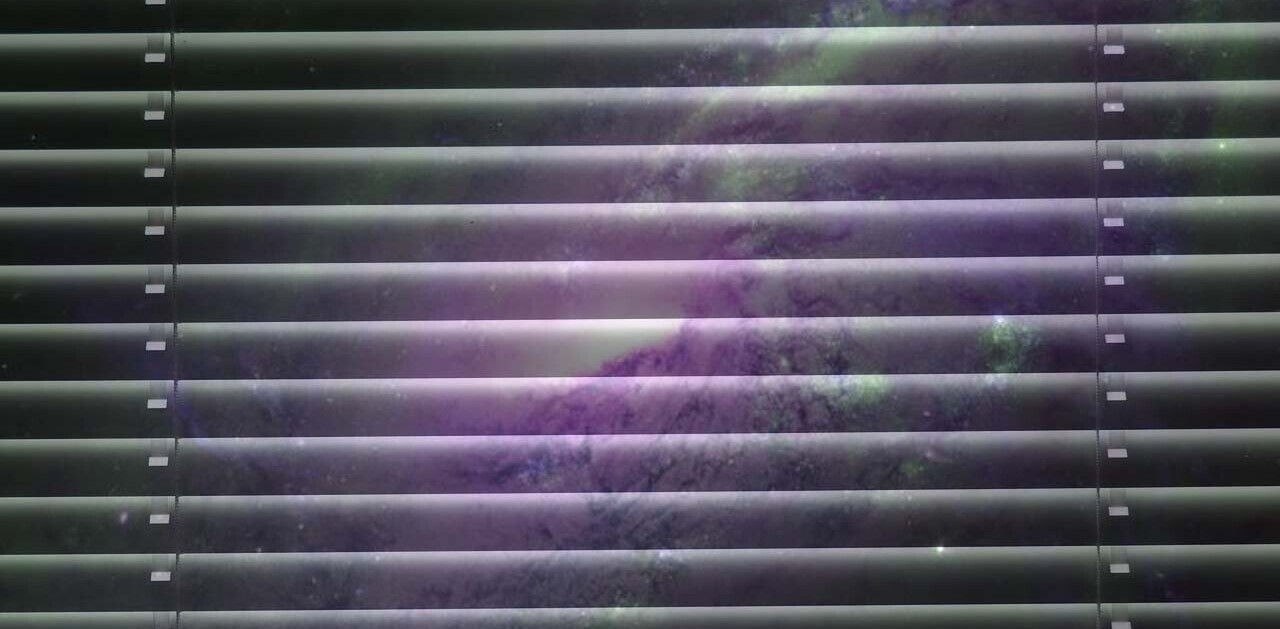
Wood is an ancient material humans have been using for millions of years, for the construction of housing, ships, and as a source of fuel for burning. It’s also a renewable source, and one way to capture excess carbon dioxide from the Earth’s atmosphere. Today, the main component of wood – cellulose – is produced annually at 20 times the volume of steel.
One thing you wouldn’t use wood for is making windows. Instead, we rely on glass and plastic, which are transparent and, when toughened, can give structural support. But buildings lose a lot of heat through glass, and while light can bring some heat through the material, it’s not a good insulator. This is why we need double glazing. Wood, on the other hand, is highly insulating but it’s not transparent. Usually.
In recent years, materials scientists have been experimenting with making wood transparent. Making wood see-through, and retaining its high mechanical properties, would provide a good alternative to glass from a sustainable and renewable source. Previous methods of doing this were highly energy-intensive and used harmful chemicals, but a new study has shown a way to make wood transparent without using huge amounts of energy in the process.
Seeing through wood
Wood’s lack of transparency comes from the combination of its two main components, cellulose and lignin. The lignin absorbs light, and the presence of chromophores – light-activated compounds – in the material makes the wood look brown. The fibers in the wood, which mainly comprise cellulose, are hollow tube-like structures. The air in these hollow tubes scatters light, further reducing the material’s transparency.
Previous work on making wood transparent has involved removing the lignin completely from the structure and replacing it with a resin material. The removal of lignin requires a lot of environmentally harmful chemicals, and it also considerably reduces the mechanical properties of the material makes it weaker.
The new study, by researchers at the University of Maryland, demonstrates how to make wood transparent using a simple chemical – hydrogen peroxide – commonly used to bleach hair. This chemical modifies the chromophores, changing their structure so they no longer act to absorb light and color the wood.
The chemical can be brushed onto the wood, and then activated using light to produce a brilliant white material – blond wood if you like. The chemical reaction of wood with hydrogen peroxide is well known. It’s the basis for bleaching wood pulp used for paper making – one of the reasons why paper is brilliant white.
The other reason paper is white is because pores or holes in its structure scatter light, just like the hollow cellulose fibers in wood. Filling these fibers with resin reduces that scattering, allowing light to pass through the wood and making it transparent, while retaining its original mechanical properties.

Wooden windows
This is a very exciting development that uses well-known chemical reactions of hydrogen peroxide with lignin. The approach could also be applied to large pieces of material, leading to production of transparent building materials, offering a real potential to replace glass.
Because the chemical is brushed onto the wood, there might be opportunities for decorative effects to be added to the material. This could make panels of material popular for indoor applications, while also offering additional insulation.
Further work needs to be done to optimize the reaction with wood, and to incorporate it into an industrially automated process. But one day, in the future, you might be sitting in a home or working in a building with wooden windows.![]()
This article by Steve Eichhorn, Professor of Materials Science and Engineering, University of Bristol, is republished from The Conversation under a Creative Commons license. Read the original article.
Get the TNW newsletter
Get the most important tech news in your inbox each week.




